Well over a year ago I saw a very tired looking Canon AE1 sat in a charity shop window for about £35, complete with a breech-lock 50mm F1.8. I knew someone who’d been after a decent film camera for ages so quickly sent them a message along the lines of “at this price, it’s well worth a punt – get down here and buy it before someone else does.” They took the advice and bought it the very next day and that was the last I heard about it until a few weeks ago when the same person sent me a message asking if I had a film camera they could borrow.
Do I have a film camera?!
We arranged a bit of a swap – I’d lend her the Nikon EM that featured a few reviews back and a Canon T70 for a bit of variety and in return I’d get a go with the Canon AE1. The only problem was that the AE1 was in really rough shape, covered in mould and apparently completely dead. Oh, and the lens wouldn’t attach properly.
A repair job and a chance to use another film camera? You don’t have to ask me twice. This was the perfect opportunity to compare the original AE-1 with its younger and more popular brother – the AE-1 Program. Does it really matter which one you buy? Is there really that much difference between the two? Let’s repair the AE-1 and find out.
In this post:
- Before the beginning
- Design and features
- Ergonomics and handling
- The shooting experience
- Conclusions and learning
Before the beginning
The first film SLR I ever owned was the Canon AE1 Program, purchased from eBay in 2007 for under £30 – an absolute bargain. I still have the same camera – no matter what phases I’ve been through with photography and selling on equipment, that is one camera I could never quite bring myself to part with. To me, personally, it has always been “the one.”
The AE1 Program seems to be something of a classic these days and it isn’t hard to see why. It’s probably one of the most capable, enticing film bodies ever made and still available for a price that most people can afford although prices are getting silly of late. It has just the right mixture of manual and automated control, combined with that classic late 1970’s look that just hasn’t been bettered since. The AE1 and Program are both compatible with a huge range of still relatively inexpensive FD lenses which opens the door to a whole world of fun and experimentation at reasonable prices.
The AE1, whilst still a popular body, isn’t quite in the same league or held in the same regard by many. That isn’t to say it has a bad reputation – far from it, it has a legion of loyal enthusiast followers who are very attached to their cameras (and I can understand why) but I thought it’d make an interesting side by side comparison – if you had the choice, which one would tip the balance and why?
Before we could get there, there was the small issue of a dead, crusty and very mouldy camera that needed some serious attention. I don’t know why, but I didn’t take any “before” pictures and just got straight into the cleanup operation as soon as I got the AE1 home. Just take it as read that it doesn’t get much worse than this – corrosion in the battery chamber, mould spores all over the cloth shutter, destroyed light seals, a mirror box full of filth, blotchy metalwork… the list went on.
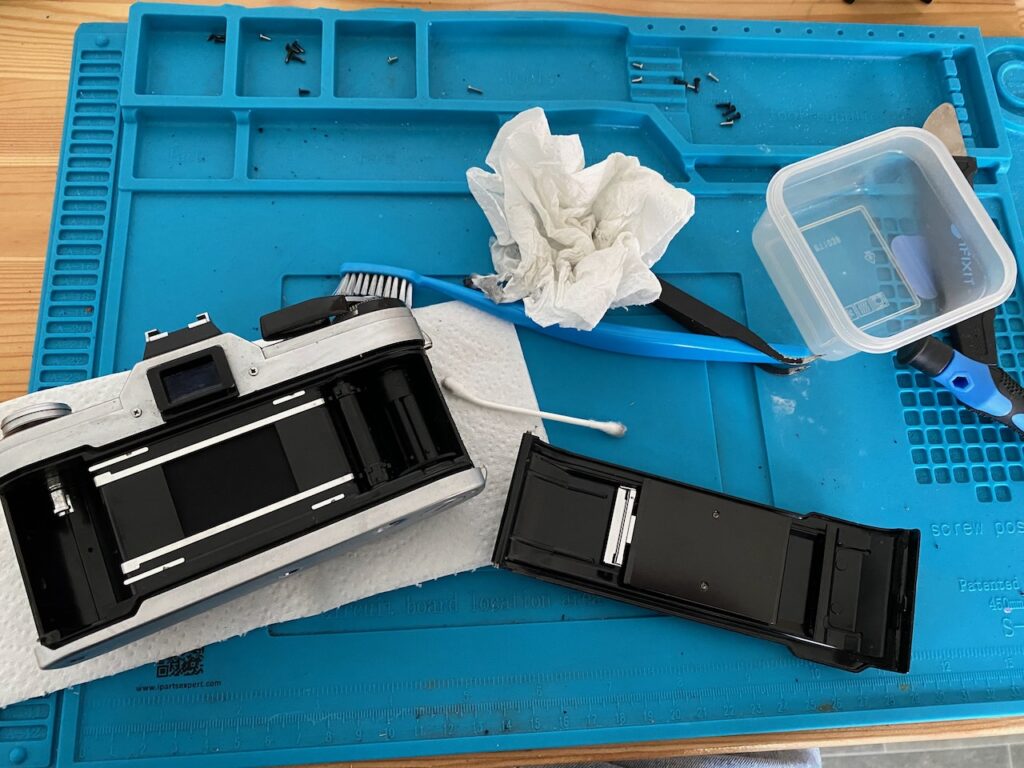
After the customary alcohol and toothbrush bath, I turned my attention to the battery compartment. Fortunately, a light going over with a fibreglass pen managed to remove the worst of the previous leakage and to my complete surprise, the camera fired straight into life when I put a new battery in. I couldn’t believe my luck.
Having spent some time fixing fungus in lenses recently I knew that alcohol wasn’t really up to the job of killing off spores once and for all. The shutter curtain was mostly a patchy white mess and so there was little to lose by trying the same ammonia and peroxide mixture that works on lens fungus to remove the shutter mould here. I’m fully aware that cloth shutters are extremely fragile things, but with some delicate attention the mould disappeared and what’s more, when it dried the shutter curtain was absolutely perfect. It really was turning into a good repair day for once.
Finally, I replaced the mirror damper, the light seals and then gave it a good once over with the rocket blower to clean out the inevitable debris that builds up over time (and during an extreme clean up like this.) I did consider whipping the top off to get to the viewfinder and prism to clean the dust out but I couldn’t bring myself to push my luck any more than I had already – especially when the camera appeared to work flawlessly.
Incredibly, this AE1 doesn’t suffer from the dreaded shutter squeak and it sounds fantastic. Fewer positive things can be said for the 50mm breech-lock lens. That has seen much better days – and had clearly been dropped. Despite spending over an hour with it in bits I only succeeded in getting it to free up to a certain degree, but attaching it to the camera properly required unnecessary force and it wasn’t worth saving or pursuing any more. It was time to call it a day.
Design and features
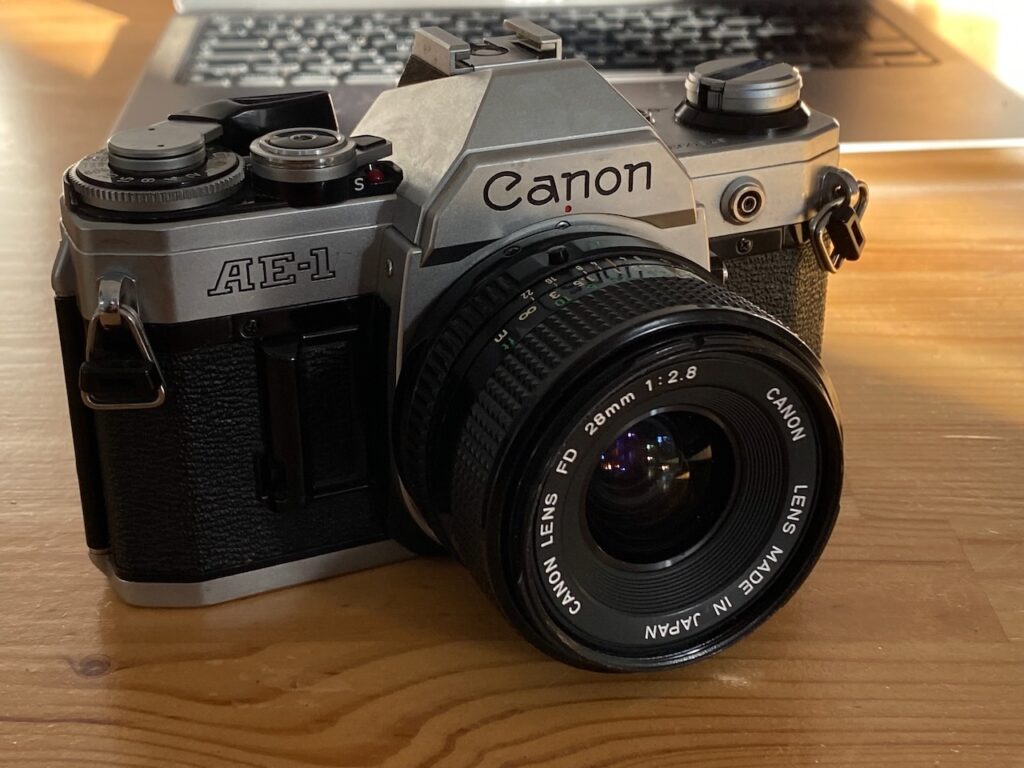
The AE1 was launched in 1976 and as it approaches 50 years old it continues to be a desirable, usable and well sorted camera – testament to the quality of design and engineering that went into creating this machine. It is very easy to pick fault with something when you have the benefit of five decades of ergonomic development, but taken in context it is superb. There is nothing cheap nor fragile about the AE1 although they were launched as “relatively” cheap cameras – they were certainly not entry level machines. If you wanted professional, rugged build quality then you were supposed to buy an F-1, but the AE1 was not a plastic, cost cutting exercise by any stretch of the imagination.
There are a couple of things to be careful with these days – the battery doors are notorious for being damaged as they have tiny little release clips that are easily damaged by impatient owners or heavy handed use and inevitably people leave batteries to explode and corrode inside. The shutters are known for refusing to fire – usually caused by a problem with the electro-magnet release housed in the base of the camera. This is usually quite a simple fix, there are multiple YouTube videos about this. Finally, they get squeaky shutters or “Canon Cough” which is a phrase I really don’t like – the fix should involve a really quite intricate teardown of the camera, but I did find an incredible website where someone had worked out the exact way to bend a needle so you can take one screw out of the lens mount and put an oil dropper in there. I can confirm this works perfectly using a needle tipped gun oil bottle.
Other than that the only thing which worries me is using the ASA selector dial, it’s not easy to use at all and due to its “pull up and twist” design, I’m just waiting for the moment when it no longer twists freely or refuses to lift up.
The AE1 was part of a new generation of microchip controlled cameras that offered fast, reliable and accurate metering. Effectively, all you have to do is set a shutter speed that is vaguely sensible for the light conditions and, providing the lens is in automatic mode, the camera will do the rest. People were wary of this level of automation in the 1970’s, it was truly new and how could a machine possibly do a better job than a human with years of experience? The answer very quickly revealed itself – this was the future and the AE1 was a camera that demonstrated just how good things were about to get.
Compared to modern cameras, you’d be forgiven for thinking the AE1 is somewhat light on features but at the time it was packed with innovation. There’s a button which you can press for backlit scenes that will automatically give you 1.5 stops over exposure to compensate, a flash hotshoe which has communication pins for accurate flash metering, an electronic self timer and finally a connector for a power winder (“Power Winder A”, if you were wondering) that provided automatic film advance and faster frame to frame shooting. That’s quite the haul in 1976.
The review in May 1977’s issue of Popular Photography was practically gushing off the pages. They were full of praise for this modern, feature packed body that was up for anything, including serious professional use.

Ergonomics and handling
I really wish I hadn’t gone from the AE1 Program to the AE1. Any time you experience innovation in reverse you’re going to be spoiled by the learning that went on in between models and so it is with these two cameras. To set the record straight, there is nothing wrong with the AE1. If it were the only one of the two you’d ever experienced, you wouldn’t be disappointed nor find it awkward or difficult to use and hold. It’s just because product design naturally gets better as engineers iterate from one model to the next and, ergonomically, the Program is better as a consequence of that development process.
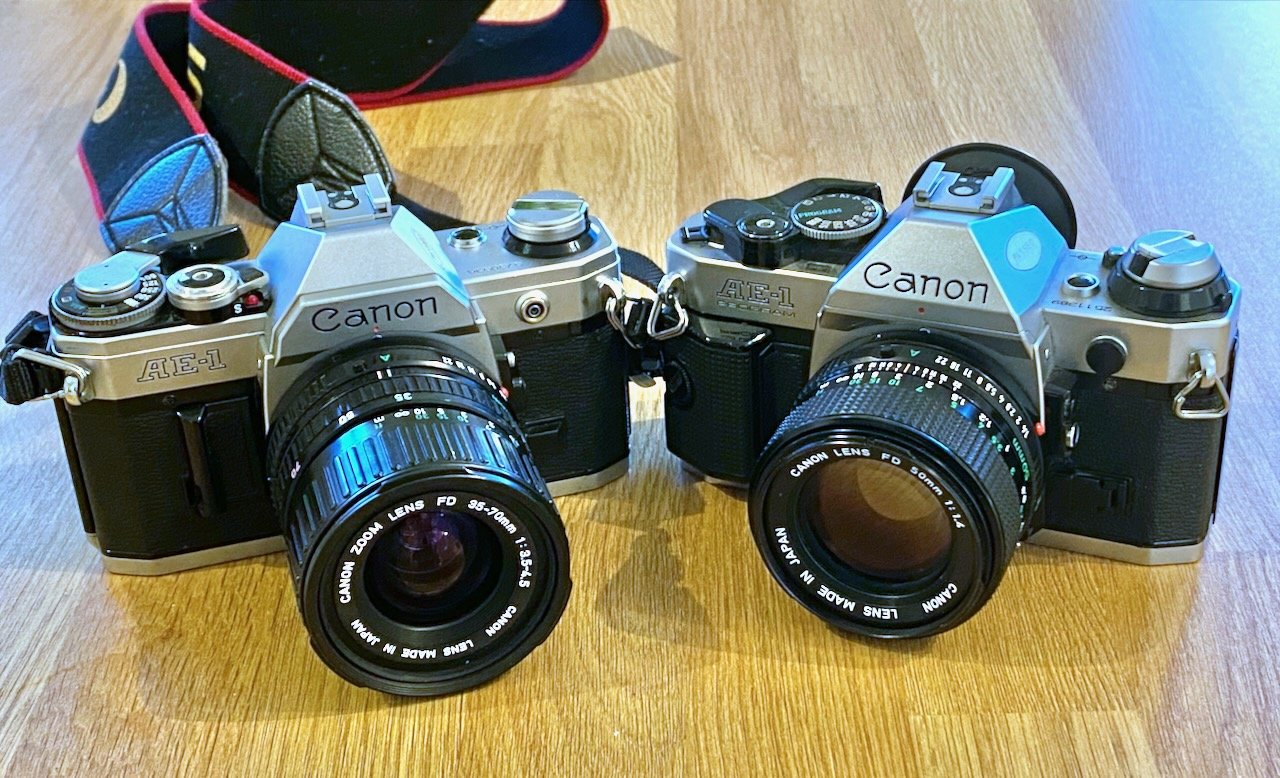
Looking at the cameras side by side you can see where the learning took place. At a quick glance it doesn’t seem like a great deal has changed from one to the other, but look more closely at where the action happens and you’ll find there was a complete redesign of the controls and it makes such a difference.
The shutter button on the AE1 is not in a sensible place. On numerous occasions I found myself pressing the top of the film advance lever only to be surprised when it didn’t respond by taking a picture. The AE1 Program gets the placement of the shutter, shutter speed dial and winding lever exactly right – they prioritised the things you need in the order you use them, shutter first, winder second and dial third. For a while I couldn’t get the muscle memory right and ultimately reverted to just keeping my finger in the right place so the shutter was always there when I needed it until the correct position finally registered with my brain. Would this bother me quite so much if I didn’t own and use the Program so much? No, I don’t think it would.
The second issue with the AE1 design is the lack of grip. This is really common for cameras of this age as they almost universally follow the “flat, featureless rectangular cuboid with a lens and prism hump” design. Handling really was a second thought on most bodies back then and straps were king – you were not meant to just walk around with it predominantly in your hand. The “action grip” on the AE1 Program goes a long way in making the camera feel more secure in your hand. A beautifully contoured T90 this isn’t, but it is better than the nothing you get on the AE1.
One final thing to note is the mode/power switch is really quite odd. The camera is off when the lever is flicked towards the rear of the camera and on when it is pushed forward, covering the red LED indicator. I cannot explain to you why, but this feels backwards to me – the reverse would be more intuitive, covering the LED when off and revealing it when on? Perhaps this is just me!
Of course, not everyone prioritises ergonomics and handling as highly as I do. I really do appreciate a camera that fits neatly and comfortably in the hand and is secure in a one handed grip with intuitive controls that I don’t need to look at in use. This is enough that it would be a deal breaker for me if I were choosing one over the other, but I think for many people it’d be far less of an issue. Still, it’s worth noting those subtle differences and it does seem to me quite obvious why Canon chose to redesign this section of an otherwise excellent imaging tool.
The shooting experience
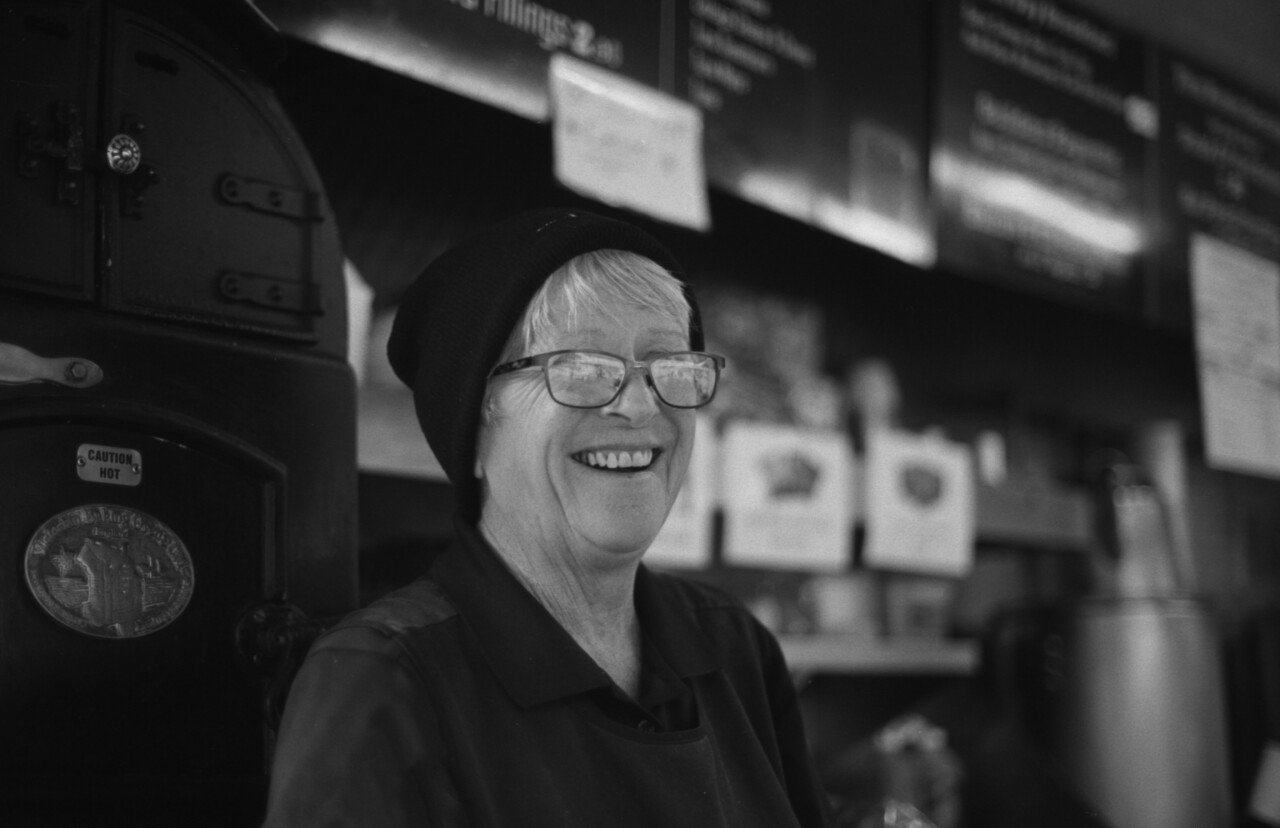
It’s just so… lovely. I wish I knew how to put into words why it is I have such a natural affinity to the Canon A series of cameras. Everything about them is just right when you stop critiquing them, take them out and start tapping the shutter, throwing the film advance – then the Bob Ross happy little feelings come flooding in and you’re away. They are, for me, the Goldilocks of cameras. The shutter sounds gentle and restrained, not like some machine gunning, brain whacking *CLACK* that some cameras have (and there are times when that’s great too) but the AE1 and Program are refined, giving a gentle ker-chink of a noise. The winding levers on both cameras are reassuringly sturdy and satisfying to throw on each and every frame.
The viewfinder experience is quite different for both and I guess it depends what you’re after in a camera as to which you prefer. I must admit that I used to pay much more attention to what the various readouts, needles and LED’s were telling me, but now I hardly pay them any attention at all because I’m often too busy looking at the street scene in front of me, waiting for the right moment to fire the shutter and there’s little time to check if your settings are correct and less time to react, so… there’s no need to pay attention at that moment!
Occasionally, I’d check the needle showed sensible aperture for the lighting conditions I was in as I moved around, then I might move the shutter speed dial between a range of about 1/125 – 1/500 and that really was it. I used the AE1 as it was meant to be used, leaving the camera in charge, trusting the meter and only really changing the shutter speed to suit either the light or the requirements of a particular picture.
In contrast the Program has a viewfinder experience that is more attention grabbing. The bright LED readout of the aperture is quite attention grabbing and, compared to even modern cameras, I still prefer the readout of the Program. I think the only viewfinder experience I’ve enjoyed more than the AE1 Program is the T90 and that camera is an absolute masterpiece if you like the manual focus, professional experience it gives.
There is so little to choose between these two bodies when it really comes down to using them both in the real world. The good points of one are shared with the other, as well as most of the criticisms you could possibly level at them. Ergonomically, if you asked me to pick one, the Program wins and in that “real world” setting, it did remind me that the subtle redesign really did make a difference. It is much easier, for example, to quickly spin the shutter speed dial of the Program than the AE1 – but these are such minor gripes. The AE1 is not a bad camera by any stretch of the imagination.

There is one key difference, the obvious thing that we’ve ignored until now… Program mode. Does it really matter? Does it make the difference?
I’m not sure it does.
Until recently, I’ve generally avoided program mode on any camera, preferring to take control of the shutter speed or aperture depending on what I’m trying to achieve. It was the T90 that finally tipped me over the edge and turned me into a program mode convert. There’s something quite liberating when you just click over to program and forget about everything except for focussing and pressing the shutter at the right time. Once you’re over the “only amateurs use program mode” nonsense, you quickly realise just how good it is in nearly all situations.
Clearly, there are times when you need to take control again, when you know that the light will throw the meter off or similar. As long as you know this then there’s no reason not to use it. So, the AE1 Program must win here? Well, it’s not really that simple. The thing is, when you’re using aperture or shutter priority the camera is still doing most of the work for you. All you’ve done is set one option in stone, the other two parts of the exposure triangle are still in the air and left to the camera to deal with. Effectively, if you set an appropriate shutter speed for most situations, you are using the AE1 in “program” mode anyway.
This boils down to the difference being do you want automated or fully automated shooting – how important is that to you? I’d argue that if the level of automation is a deal breaker to you then you might want the power winder as well, but then… why bother using a manual focus, manual advance film camera at all? A huge part of the joy and experience of these cameras is that you have all of these controls, all of these steps to go through to make and take each frame. Yes I love having the program mode option, but it isn’t make or break.
Conclusions and learning
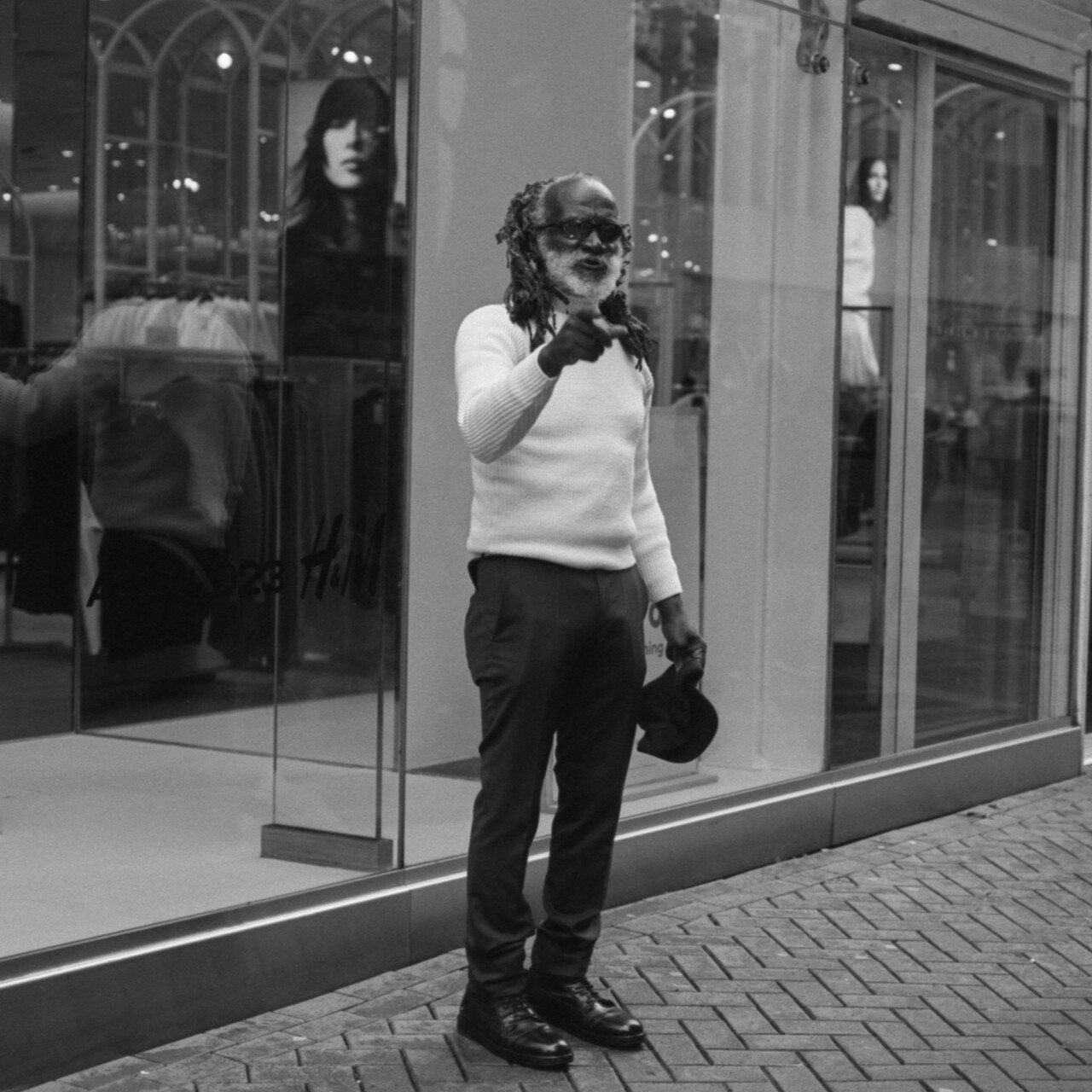
Neither of these cameras are cheap. Right now, an AE1 in acceptable, working condition with no missing or broken pieces will set you back approximately £60 as a base price. The AE1 Program is more expensive and are often missing the battery grip at the lower end of the price range, if you want one of these you’re knocking on £80 to £100. This is sadly the case for many, many film cameras of late, the resurgence of film is only growing in strength and with it are the people looking to make money and push prices up with their loft finds.
Should the price put you off buying one of these bodies? No, they’re probably still in the “justifiable” price range at the moment but will inevitably rise further in future. However, the price may become a deciding factor between the two. They’re so closely matched in terms of the user experience and the same lens on either camera will give you identical images so you’ve got a choice to make – do you go for an AE1 and perhaps look to get a 50mm F1.4 or do you favour the ergonomics and program mode of the AE1 Program enough to justify the potential price difference?
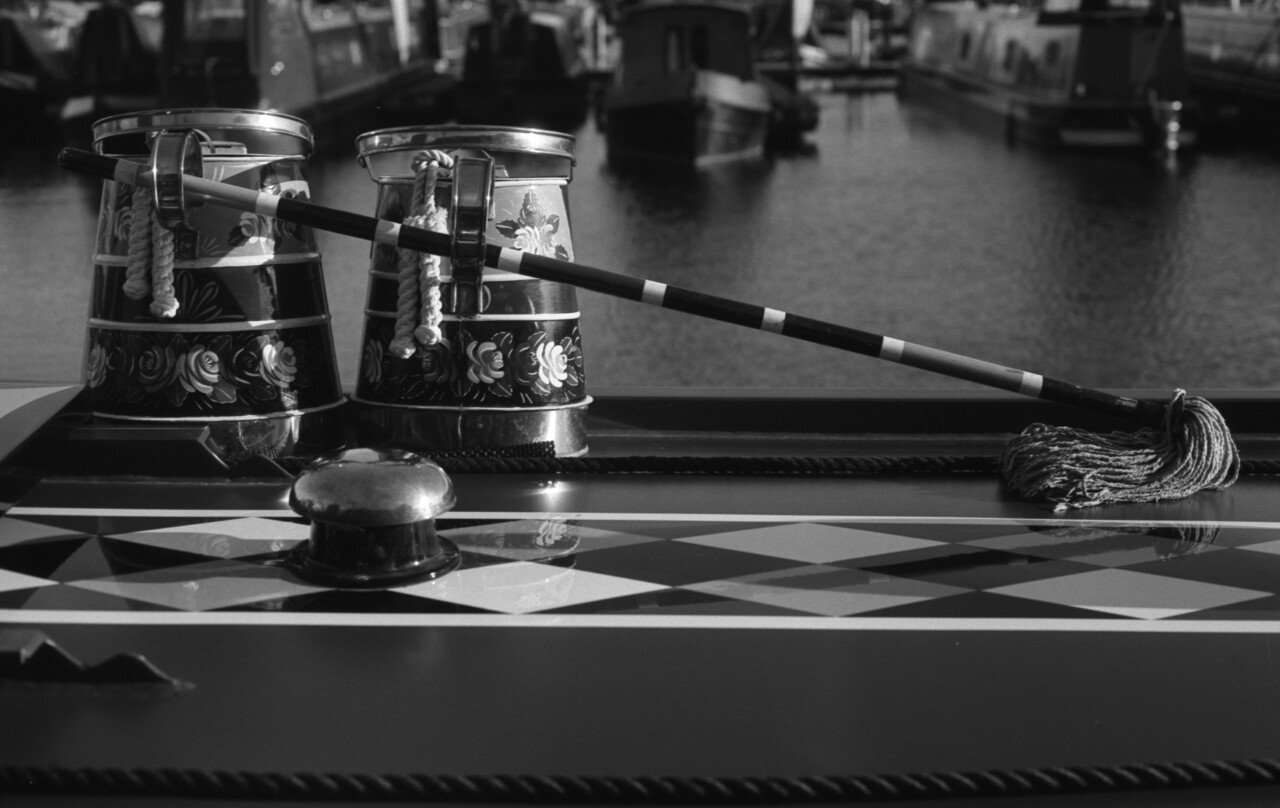
I’m spoiled by coincidence and generosity – I’ve been fortunate enough to own a Program and borrow an AE1. I can say with absolute certainty that there is no need to own both of these cameras. If you have one or the other, you have a prime example of one of the best designed late 1970’s / very early 1980’s cameras ever made and you should be happy to stick with that. There is, in real use, so little between them that to own both would be largely pointless.
This makes the buying advice really quite simple. If you don’t have a Canon A series camera, then to put no finer point on it, just buy the first one you find which is sensibly priced, has been well looked after, functions as it should and doesn’t have a broken battery door. It is that straight forward. Whether you end up being an AE1 owner, or an AE1 Program owner, I can guarantee you’re going to love owning it, shoot many rolls of film with it and hopefully love the tactile experience of manual focus, manual advance photography.
I’ve said it before and it’s worth repeating. If I could only keep one manual focus film body for the rest of my life, it’d be an AE1 Program. Failing that, give me the AE1 and I’ll still be content.
Happy shopping.
Share this post:

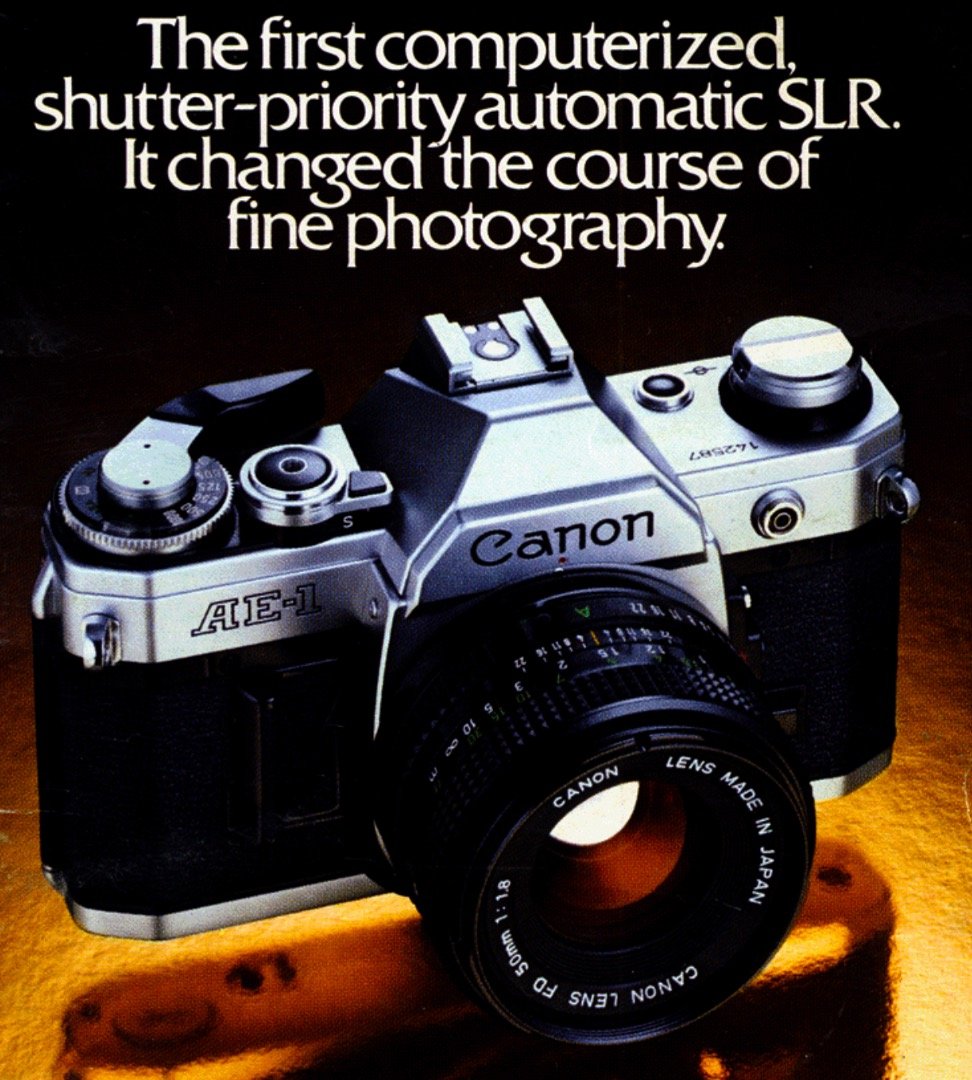

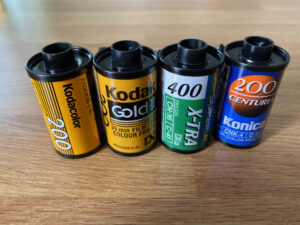


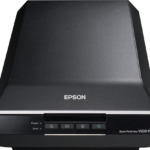
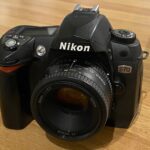

I’ve always liked the Canon A1, AE1 and F1, but I’ve never…in over 55 years of shooting…ever used shutter priority. In fact, none of the other professionals I know ever did either. It’s been either full manual or aperture priority…Av in Canon terms. Thanks for bringing back memories.
Yeah it’s quite odd – when faced with a digital camera, aperture priority is my go to and always has been. Yet I’ve never really thought about it with the AE1 Program, just stick it at 1/500 or as close as the light will allow and that’ll do!
Hello, I bought my Canon AE1- program in 1982 and still have it..works perfectly..and with the renewed interest in analogue photography,I proud to own this camera.I have it loaded up at the moment with Ektar 100 but haven’t taken many frames..Trying to revert my mindset from digital to roll film is taking some time..But just to say ,I’m glad their is a resurgence in this and other film cameras past..Thanks for such a descriptive article…cheers 👍🏻